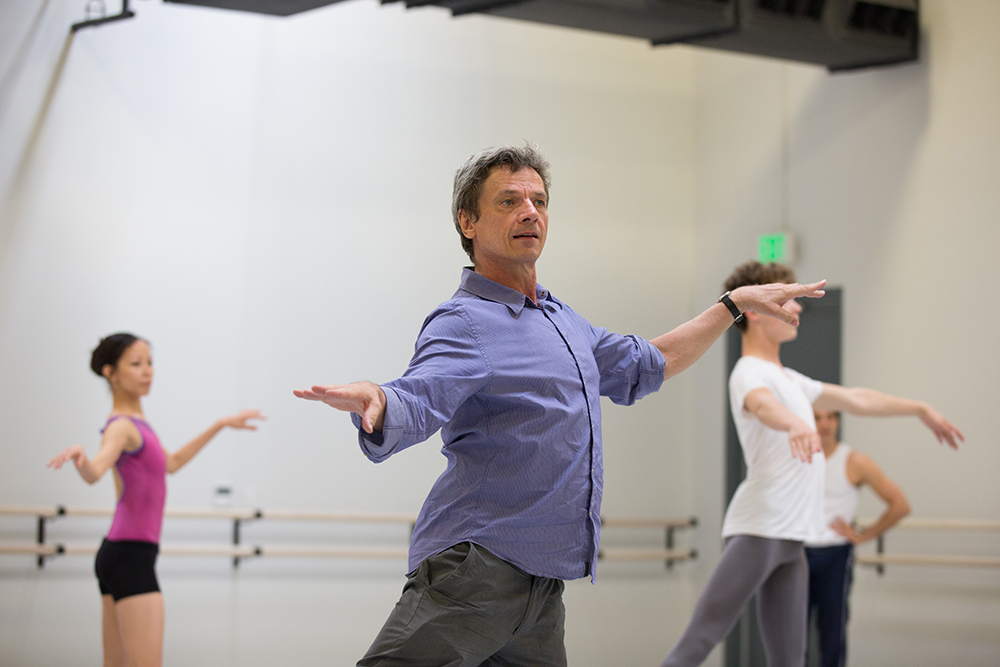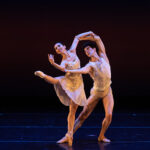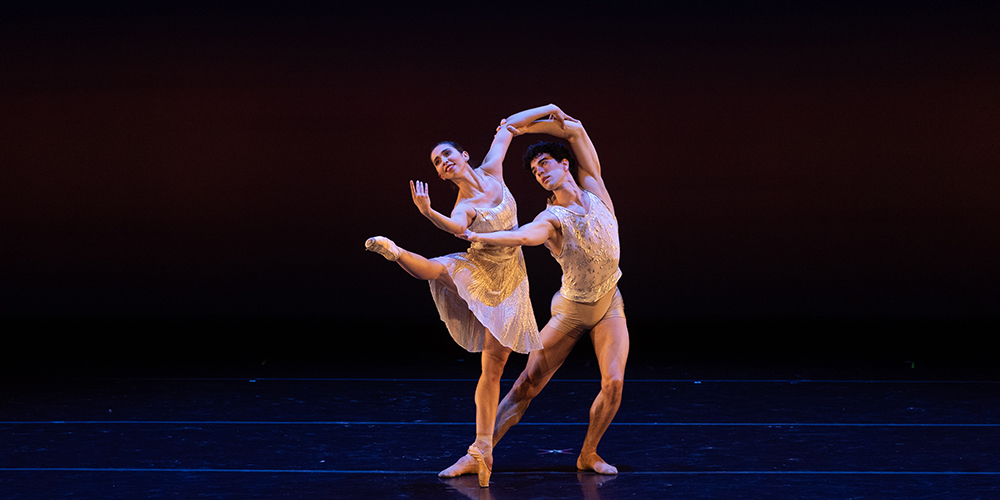
Q: Can you explain how the casting process works at Ballet AZ?
Ib: There are so many different challenges when casting a ballet. We have to make sure to cast in a way where the dancers are getting better, they are getting challenged, and most importantly, in a way that is even possible. There are a lot of things to consider, it’s not just about putting the best dancers in the roles, but it is about creating casts with the best possible intentions, in terms of developing the artists and, of course, for the audience’s enjoyment.
Q: What do you look for when casting?
Ib: It all depends on what ballet we are doing. For instance, with All Balanchine, there are three different ballets and they are all very demanding. To have one person dance the lead roles in two ballets is incredibly trying, but we do have one or two dancers doing just that. This is simply because we don’t have enough dancers.
Also, we must consider whether the person is right for the role and whether the dancers will work together depending on the needs of the ballet. I’d say that casting is completely based on the individual piece. There are always a lot of roles to be filled and we are obviously looking to cast it in the best possible way. It’s very difficult.
Q: Beyond dance skill, are there other character traits you look for in a dancer?
Ib: Well, the whole package. It is their facility, their looks, their intelligence, their height, their weight, their arm length. But it changes from ballet to ballet depending on what the ballet requires. We also have to look at where the dancers are in their development at that point. Sometimes they might not be ready for the role but they are still going to do it because you have to push them to become ready. They don’t have to be perfect, but at least good enough to go out on the stage. It’s all about building. Dance is such a short career. If you don’t push them early on, especially if the talent is there, then it’s pointless. It is also about making sure they can take the pressure. It is so many things – it’s not just talent, it’s also the mental capacity as well. That is why the really good ones are so few and far between – all of those things need to be aligned.

Q: How do you influence the growth of your dancers by casting them?
Ib: As an artistic director, my job is to be able to get things out of a dancer, which can be difficult. We must treat each dancer individually. It’s like finding the right key to open doors for them. Sometimes it doesn’t happen and you don’t find anything. When you are coaching, it’s almost like you need to be a psychologist and a therapist because you have to be super intuitive and in tune with who each dancer is an individual. Most of the time you are working with very young people who don’t even know who they are – so it is a mystery to them, especially if you are talking about specific things that they have never experienced before – especially for story ballets. It is very intense. But I think I have always had an eye for things like this and it’s always been very natural for me. I’ve been doing this for a gazillion years for 8 hours a day. All I do is look. I look and look and look, but it’s looking intensely, in a way that most people don’t.
Q: How do you determine if dancers have chemistry?
Ib: Chemistry between dancers is always important but there are so many different types of chemistry. It all depends on what ballet you are doing. If you are doing Romeo & Juliet, you need a certain kind of chemistry compared to if you are doing Theme and Variations. For story ballets, chemistry is very important, especially if the leads are lovers. If it is an abstract ballet, it can sometimes be complete opposites that work. There are no rules, and when it’s right, you can feel it.







